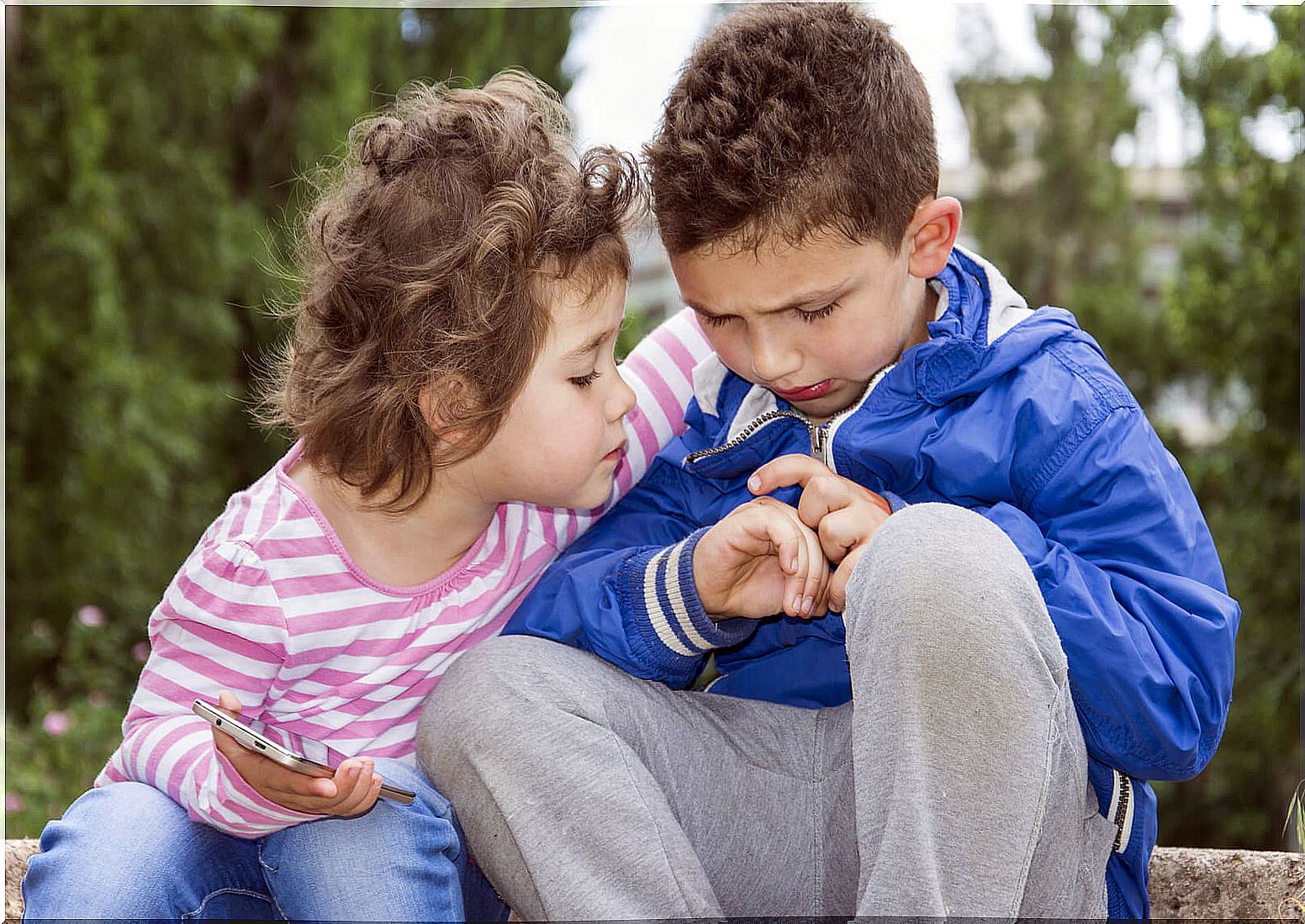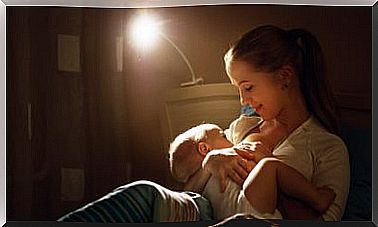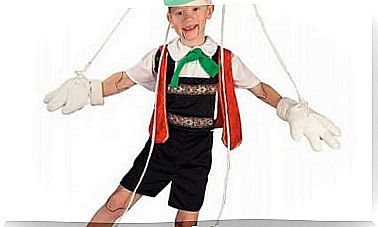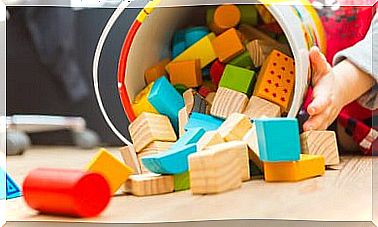What Is Mentalization?

Have you ever wondered how human beings can “read” the minds of others? This capacity is known by the name of mentalization and implies the development of interpersonal and intrapersonal intelligence.
Do you want to know what are the characteristics of mentalization, what it is for and when it is acquired? Pay attention to what we tell you below, because we give you answers to these questions.
Before continuing, you should know that babies are not born with the ability to put this mental ability into practice, since it develops gradually thanks to the experience and relationships that children establish with other people.

What is mentalization?
Mentalization, also known as reflective function, is a mental capacity that allows you to imagine and understand your own mental states and that of other people in order to be able to perceive and interpret the behaviors and actions that you and others perform. That is, it consists of attributing certain thoughts, feelings, desires, beliefs, needs, motivations, etc., which would explain one’s own and other people’s behaviors.
This complex cognitive ability is essential to establish satisfactory social and affective relationships, based on mutual help, communication, empathy, assertiveness and active listening.
What is this mental capacity for?
According to psychologists and psychoanalysts Angelina Graell Amat and Gustavo Lanza Castelli, some of the most relevant functions related to mentalization are the following:
- It makes it easier to understand and predict your own behavior and that of others.
- It favors behavioral self-control, being able to anticipate how certain attitudes can impact on others.
- It favors emotional self-control, which helps to identify and express one’s desires, thoughts and feelings depending on the situation, as well as regulate them.
- Promotes secure attachment between parents and children.
- It improves communication between people because, to maintain a fluid conversation, it is necessary to take into account the mental state of the interlocutor.
- It allows us to understand our own thoughts as mere mental representations, as something different or separate from reality.
The development of mentalization in childhood
According to the psychoanalyst Peter Fonagy, one of the creators of the term mentalization, this cognitive ability begins to appear in a very primitive way after six months of life and, little by little, it is refined and becoming more and more complex.
At three years of age, children begin to show certain empathic reactions. Throughout this age they acquire the ability to identify certain basic emotions in others and understand that these are different from the ones they feel themselves.
However, it is not until the age of four or five when children can already attribute and represent mental states in themselves and in others. So it is considered that, at that time, the little ones enter the stage of symbolism.

What role do parents have in developing this capacity?
It should be noted that, for the development of mentalization to continue its course normally, it is necessary for mothers, fathers or main figures of reference of children to enhance their emotional intelligence from the first years of life. How? Very easy! From the moment of birth they must act with empathy and show them that they can understand what their needs and desires are and react to them.
Once the children are growing, it is convenient to start talking about the thoughts and feelings that they have, name them and label each one of them. Thus, the little ones learn to reflect on their own feelings and, later, in a natural way, they also acquire the ability to recognize and interpret the mental states of others.
Therefore, education at home and the way of relating to children is key to the correct development of mentalization.










